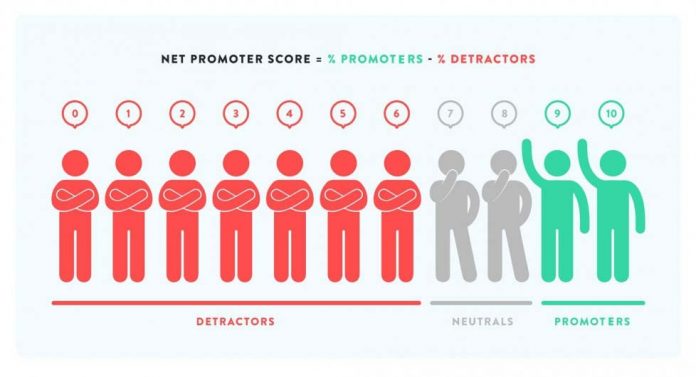While the level of customer engagement is seen as an important metric to plan business strategy, measuring the level of employee engagement is left in hindsight.
More than customer loyalty, it’s now the allegiance that employees put into an organisation is what makes it do well in its domain. Customer loyalty is something that automatically follows when employees are engaged and performing well. Yet, not many organisations invest in measuring employee loyalty as much as they see value in measuring customer loyalty.
While the level of customer engagement is seen as an important metric to plan business strategy, measuring the level of employee engagement is left in hindsight. In fact, even when taken up as a project, it is unfortunately often treated as a tick-in-the-box.
It is not without valid reason that HCL’s former CEO, Vineet Nayar titled his popular book – ‘Employees first, customers second’ – as he stressed upon the importance of treating employees or the internal customer, at par or better than the customer itself. Businesses certainly need to value their people much more than the customer, as businesses are not run by customers but by the people who work day in and day out to make the business successful.
As it appears, the concept of measuring loyalty may not be new. “Measuring brand advocacy and loyalty in terms of the customer is an age-old practice, but to do the same for the internal stakeholder has given it a new meaning,” says Mangesh Bhide, HR head-technology, Reliance Jio Infocomm. He agrees on the importance of measuring employee loyalty. Measuring eNPS (employee net promoter score) not only lets you gauge engagement levels of people but also provides insights into various factors that may or may not be contributing to employee engagement.

We use NPS for sales and claims. It is true that doing the same for employees will certainly make the people business more transparent, however we’re yet to try a formal route.
That said, the scores make sense only when acted upon appropriately. Sriharsha Achar, ?executive director & chief people officer, ?Apollo Munich Health Insurance Company, is of the view that eNPS will be of much benefit only when the organisation is able to plan corrective actions well, and in time. “It is about how fast you act on the feedback,” Achar opines.
“Measuring engagement makes sense only if organisations are willing to act on the outcomes in a planned manner and not just look at it as a fashion,” Bhide adds. While there’s no doubt on the importance of measuring eNPS and acting on it, when spoken to about the real scenario in terms of adoption of eNPS as a tool to measure employee engagement levels, both senior leaders reveal a clear gap.
While Achar shares that they use NPS for measuring sales effectiveness on a regular basis, they do not have a formal mechanism in place for measuring employee NPS. “We use it for sales and claims. It is true that doing the same for employees will certainly make the people business more transparent, however we’re yet to try a formal route,” he shares.
Achar feels that many companies, especially in India, are still catching up with the concept and its benefits, which is why deeper adoption is taking some time. Additionally, there is resistance to tools that are complex, which stands true even for overall technology adoption challenges across the HR function.

Measuring engagement makes sense only if organisations are willing to act on the outcomes in a planned manner and not just look at it as a fashion.
Similarly, Bhide feels that many organisations that are doing it may also still be doing it as a tick in the box activity. He has his doubts about the accuracy and authenticity of the process followed.
Sharing his concerns and one of the biggest reasons behind challenges with adoption Bhide says, “The process for seeking feedback for measuring eNPS should be such that the opinion sharer feels secure and is entrusted with anonymity and protection of identity, otherwise the scores may even be indirectly manipulated.”
While it is an established fact that employee engagement levels determine, attrition, retention and productivity for an organisation and hence keeping track of engagement is a must, it is yet not fully accepted as an important thing to do on a regular basis. Most organisations still rely on yearly, half-yearly or quarterly appraisal conversations to track employee concerns and perceptions, however that’s not the most reliable way.
Instant action on employee concerns is what people expect in the dynamic times that we live in. That is only possible through keeping a constant check on employee pulse, which is what eNPS does effectively, when understood and deployed well. It is an excellent tool for benchmarking against one’s own company rather than benchmarking against other companies. It is of great use to measure progress within the organisation and acting on them.
Read here to know more about eNPS.
Value our content... contribute towards our growth. Even a small contribution a month would be of great help for us.
Since eight years, we have been serving the industry through daily news and stories. Our content is free for all and we plan to keep it that way.
Support HRKatha. Pay Here (All it takes is a minute)




































